Spitok Gompa is perhaps one of the most beautifully sited monasteries in the whole of Ladakh, possibly only bettered by Chemde Gompa. Despite being located so close to Leh airport, it’s perched on a craggy hill which is best viewed from the south side – multiple tiers of monastic buildings crowned by the fortress-like gompa at the summit.
The Gompa is easily reached from Leh, the Sringar highway runs right by the hill and there’s a branch road that will take you to a car park near the summit. From here a path leads through a gateway lined with prayer wheels to the large central courtyard.
Facing the courtyard is the main four storey building of the monastery with a flight of stairs leading to the Dukhang, the main assembly hall. at the other end of the courtyard is a bright new pagoda style shrine to Kushok Bakula, Ladakh’s pre-eminent incarnate lamaof recent years whose seat was at Spitok. He was a member of parliament from 1967 – 1977 and served as New Delhi’s ambassador to Mongolia, and passed away in 2003.
The name Spitok (also often spelled Spituk) means “effective as example” in Tibetan. This probably has its origin in an attempt by Rinchen Zangpo, a 10th century scholar and missionary from western Tibet, to establish a model community in the area that would serve as an example for the rest of Ladakh. The oldest structures of the gompa do date back to that time, and reside on a small hillock that overlooks the temple complex.
On upper levels above the Dukhang are the Tara Lhakhang and Chokhang, both small shrines but well worth quickly visiting. I arrived just as these two were about to be closed, it was time for the monks to have a late lunch, but I was able to steal a quick five minutes before the monk in attendance quickly locked up and ran off to be fed 🙂
Unfortunately, the Dukhang was closed and locked so I was unable to view the interior. All the monks had assembled in the Chirkhang to take lunch and whilst I was invited in to join them I felt it was more appropriate to stay outside and just enjoy the views that surround the gompa, which are absolutely spectacular.
My decision to do this probably paid off in the end. After lunch the monks started their prayer rituals, and I was again invited in. This time I accepted, and experienced a 20 minute period quite unlike any other 20 minutes of my life. It was a privilege to witness.
The Chirkhang is a large Dukhang like chamber adorned with colourful thangkas and a big statue of Sakyamuni Buddha, clad in yellow, flanked by his disciples Sariputra and Moggallana. When visiting this chamber be sure to visit the anti-chamber at the far end, where you’ll see more wrathful deities, veiled protector gods.
The atmosphere in that chamber was quite unlike anything else I have ever experienced. The chanting and music both alien and yet somehow completely familiar. I really felt as though I was being transported to a place of utter peace and contemplation.
With the rituals concluded, I headed out of the Chirkhang and climbed up to the highest point of the gompa to see the Gonkhang. The views from the top are dramatic, with a chorten-like structure just outside a small door that leads to the shrine which is believed to be 900 years old.
The interior was dark and gloomy, and photography was not allowed. Gonkhang shrines are temples for protector deities, and the word actually means “room of horrors” – but as is often the case in these chambers the deities were covered with cloth behind glass cabinets.
Spitok Gompa is easily reached from Leh via taxi if you have a spare couple of hours. As such it’s a great place to make a detour to if you find yourself back in town earlier than expected from a days excursion.
If you’re interested in using any of my photography or articles please get in touch. I’m also available for any freelance work worldwide, my duffel bag is always packed ready to go…
KevinStandage1@googlemail.com
Categories: India, Jammu & Kashmir, Ladakh, Spitok Gompa








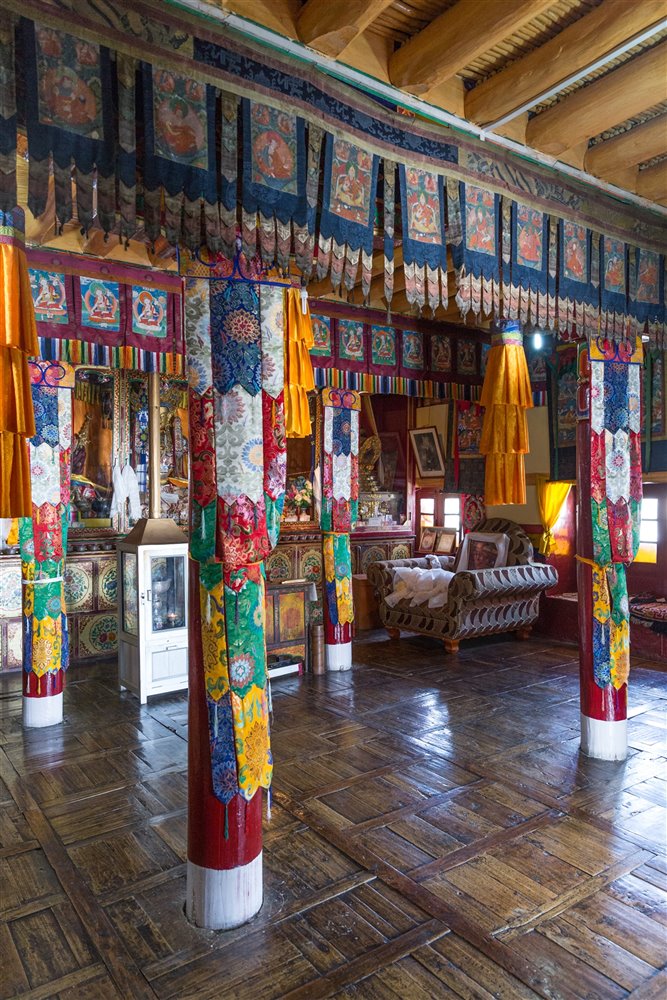












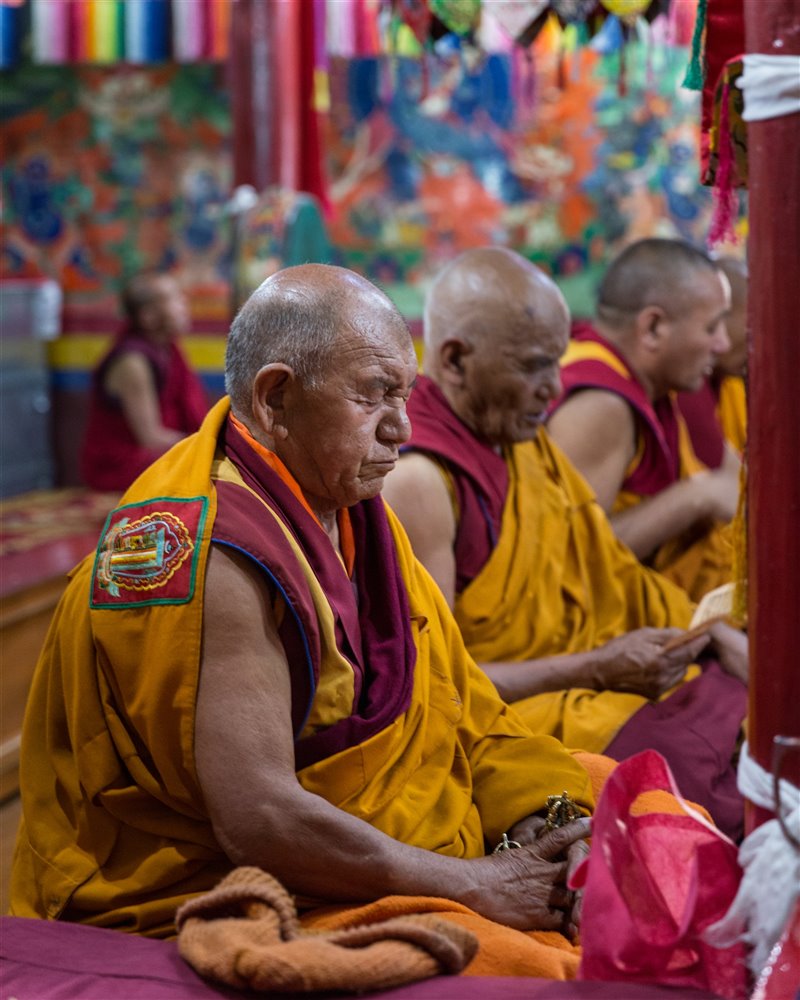

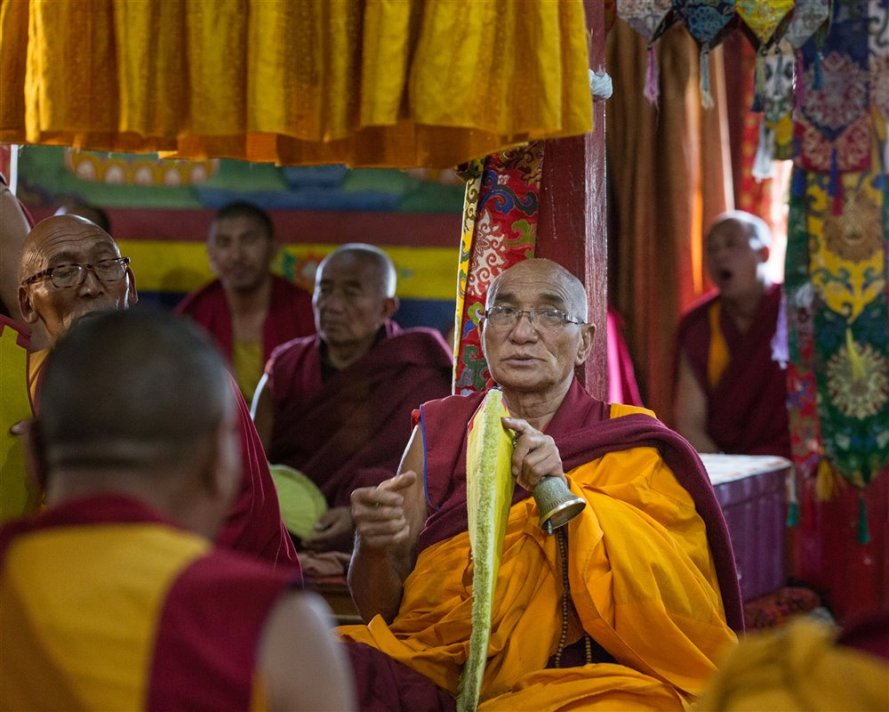









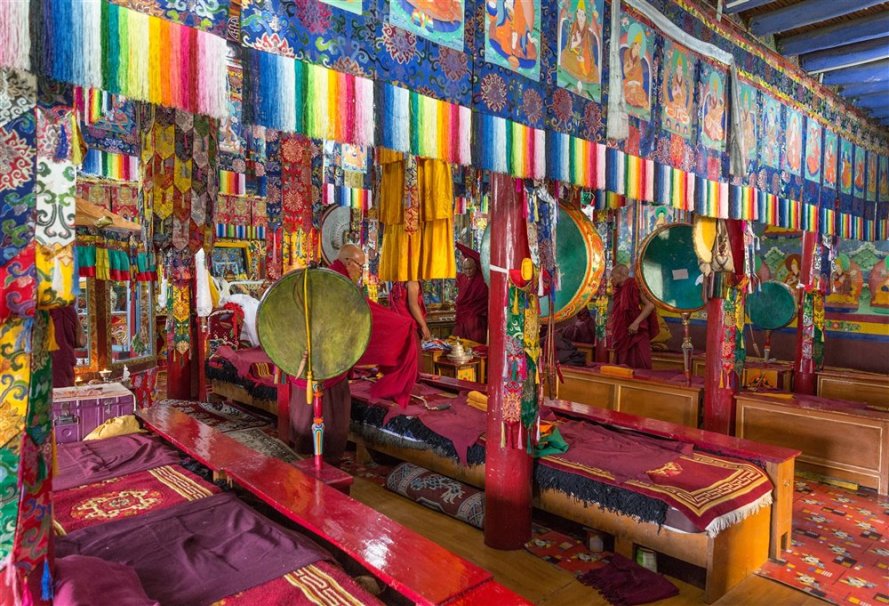

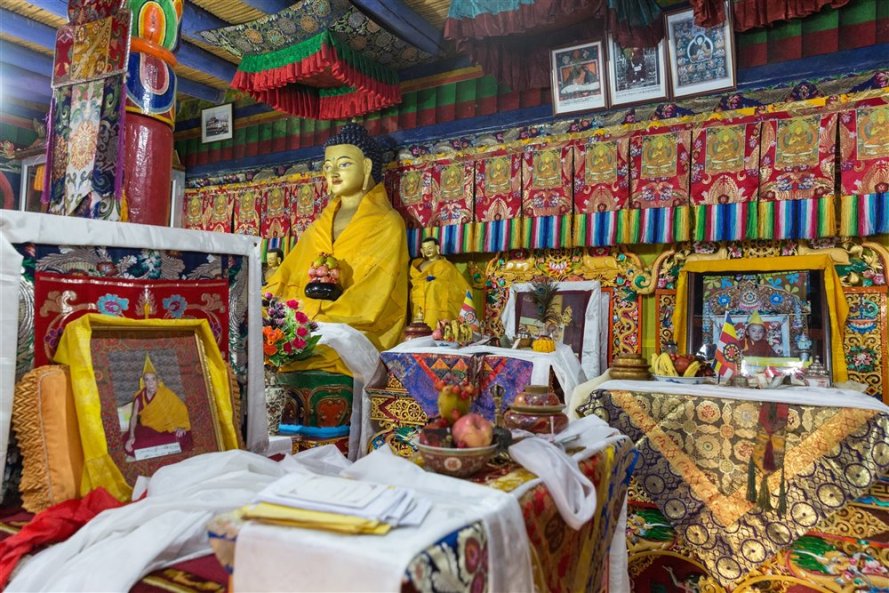

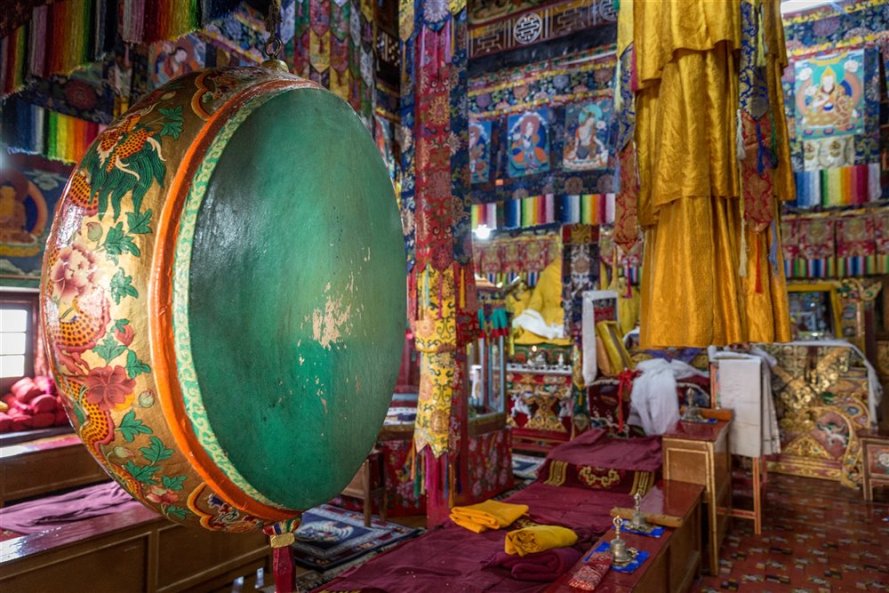


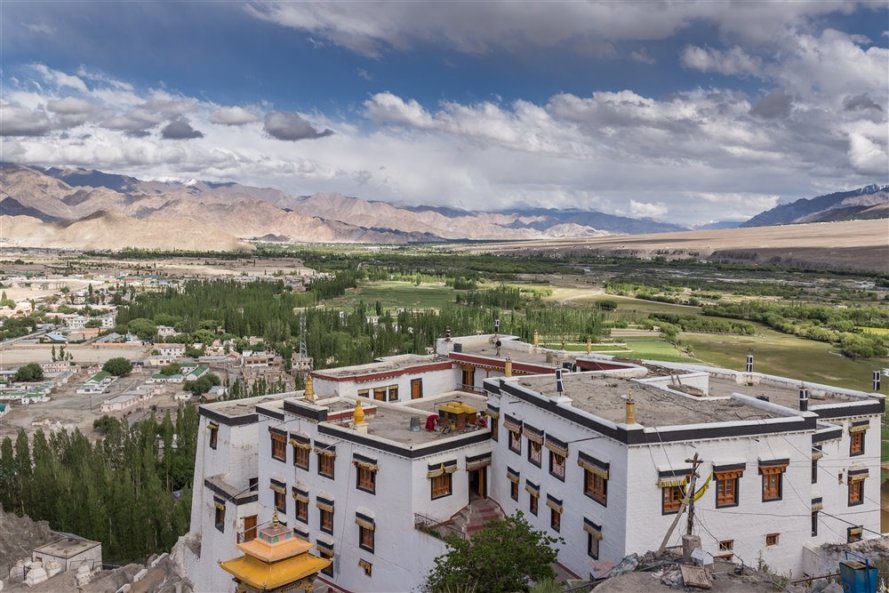





1 reply »